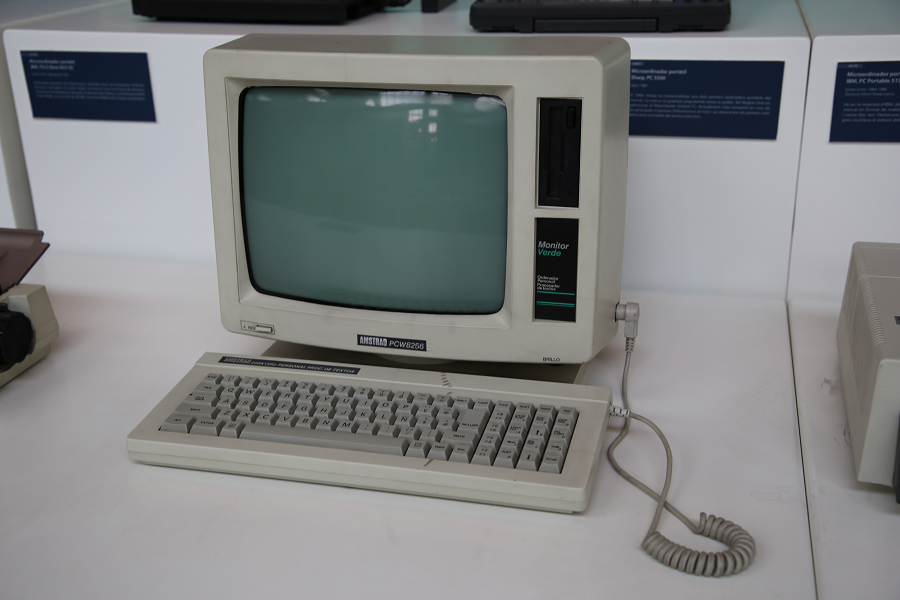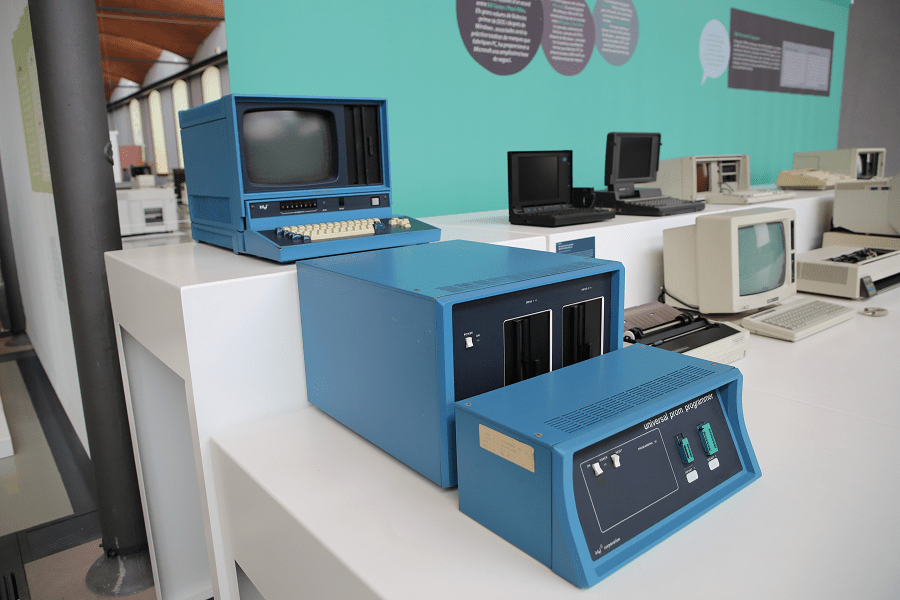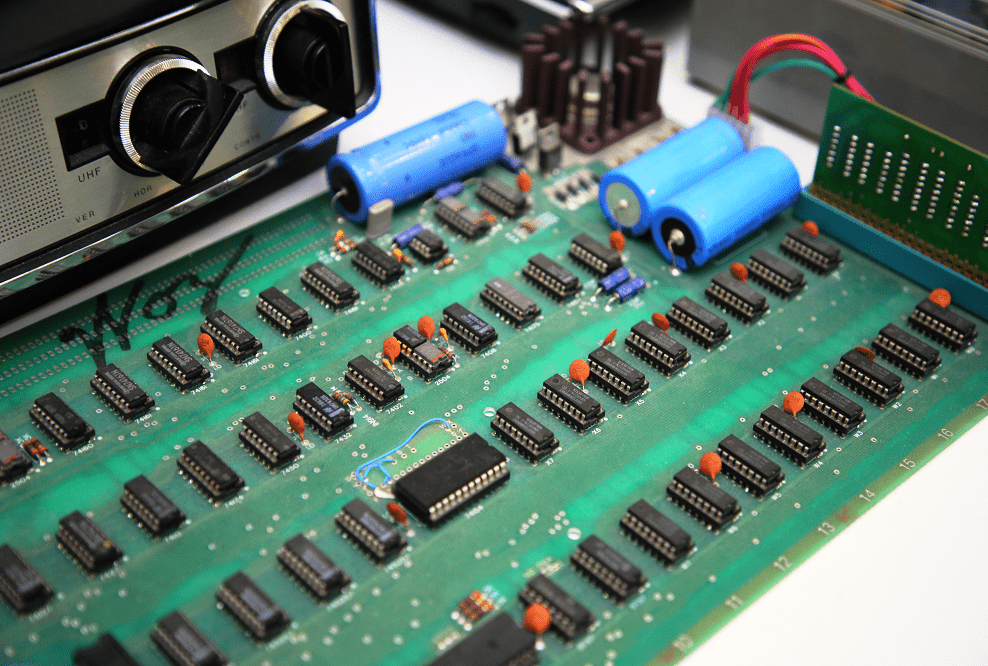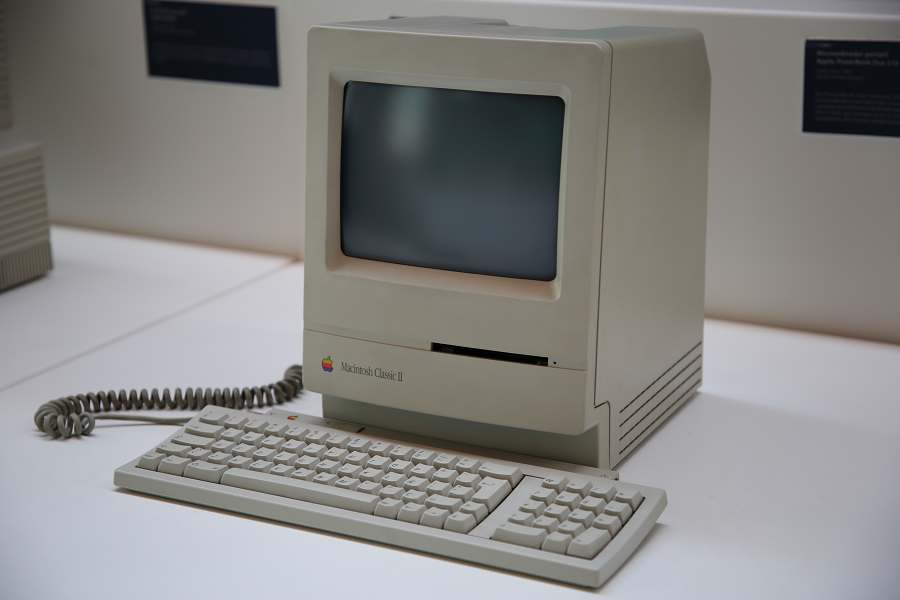AMSTRAD PCW 8256.
The Amstrad PCW series is a range of personal computers produced by British company Amstrad from 1985 to 1998, and also sold under licence in Europe as the “Joyce” by the German electronics company Schneider in the early years of the series’ life. The PCW, short for Personal Computer Word-processor, was targeted at the word processing and home office markets. When it was launched the cost of a PCW system was under 25% of the cost of almost all IBM-compatible PC systems in the UK, and as a result the machine was very popular both in the UK and in Europe, persuading many technophobes to venture into using computers. The series is reported to have sold 1.5 million units. However the last two models, introduced in the mid-1990s, were commercial failures, being squeezed out of the market by the falling prices, greater capabilities and wider range of software for IBM-compatible PCs.
The series consists of PCW 8256 and PCW 8512 (introduced in 1985), PCW 9512 (introduced in 1987), PCW 9256 (introduced in 1991), PCW 10 and PcW16 (introduced in 1995). These models are described in detail on the “Models and features” section.
In all models, including the last, the monitor’s casing included the CPU, RAM, floppy disk drives and power supply for all of the systems’ components. All except the last included a printer in the price. Early models used 3-inch floppy disks, while those sold from 1991 onwards used 3½-inch floppies, which became the industry standard around the time the PCW series was launched. A variety of inexpensive products and services were launched to copy 3-inch floppies to the 3½-inch format so that data could be transferred to other machines.
All machines in the series used a Z80 CPU, initially running at 4MHz with higher speeds in later models. RAM varied between 256 or 512 KB depending on models.
All models except the last included the Locoscript word processing program, the CP/M Plus operating system, Mallard BASIC and the Logo programming language at no extra cost. The last model (PcW16) used a custom GUI operating system.
A wide range of other CP/M office software and several games became available, some commercially produced and some free. Although Amstrad supplied all but the last model as text based systems, graphical user interface peripherals and the supporting software also became available. The last model had its own unique GUI operating system and set of office applications, which were included in the price. However, none of the software for previous PCW models could run on this system.












